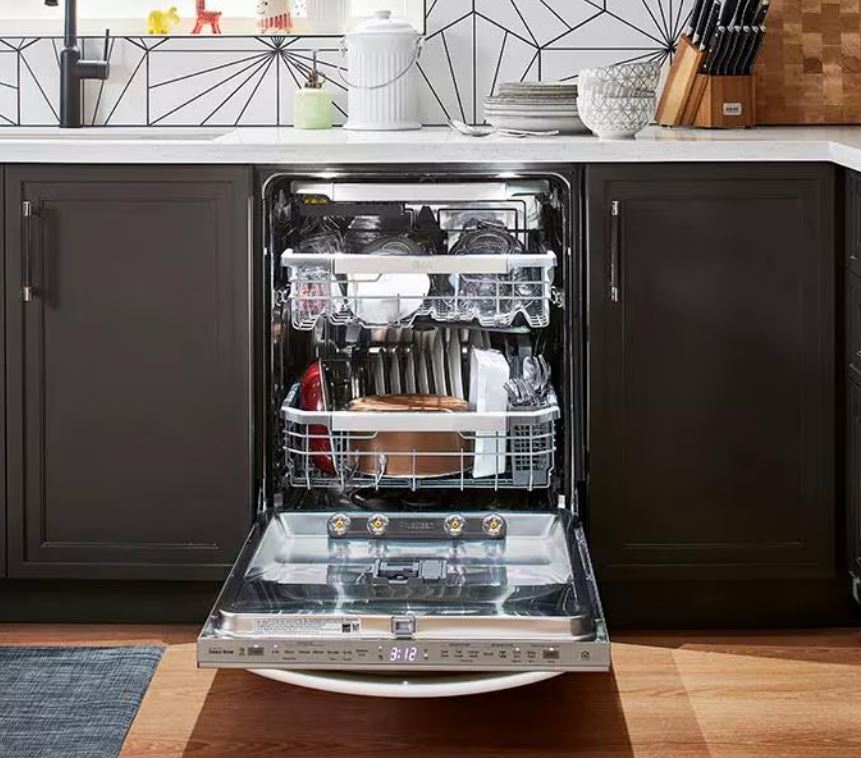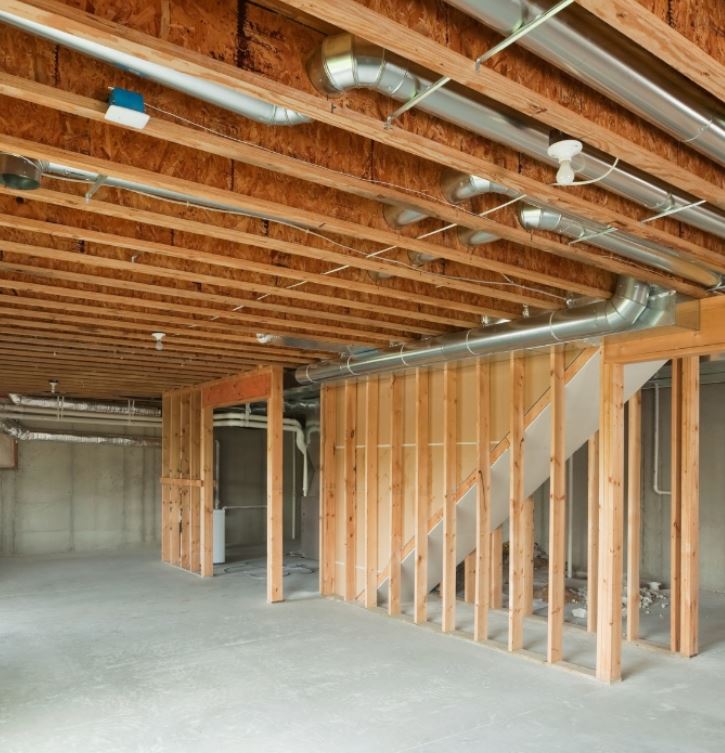DIY Repairs Made Easy: Replacing LG Dishwasher Parts Step by Step
Is your LG dishwasher acting up? Before you call a repair technician or consider buying a new one, you might be able to fix it yourself! Many common dishwasher issues—like leaks, poor cleaning, or strange noises—can be resolved by replacing a faulty part.
The good news? LG dishwashers are designed with user-friendly components, and many repairs can be done with basic tools and a little patience. In this guide, we’ll walk you through replacing some of the most common LG dishwasher parts step by step.
[ruby_related heading=”More Read” total=3 layout=1 offset=5]
Why DIY Dishwasher Repair?
- Save Money – Repairing your dishwasher yourself can save you hundreds in service fees.
- Quick Fixes – Some replacements take less than 30 minutes.
- Eco-Friendly – Extending your appliance’s life reduces waste.
Before starting, make sure to:
✔ Unplug the dishwasher or turn off the circuit breaker.
✔ Turn off the water supply (usually under the sink).
✔ Have the right tools (screwdriver, pliers, wrench, etc.).
✔ Check your model number (found on the door frame or side panel).
Now, let’s dive into some common LG dishwasher repairs!
1. Replacing the Dishwasher Door Latch
Symptoms: Dishwasher won’t start, door won’t stay closed, or error codes related to the door sensor.
Steps to Replace the Door Latch:
- Open the door and locate the latch assembly (inside the door frame).
- Remove the inner door panel by unscrewing the screws around the edges.
- Disconnect the wiring harness from the old latch.
- Unscrew the latch and remove it.
- Install the new latch, reconnect the wiring, and reassemble the door.
- Test the door to ensure it locks properly.
💡 Pro Tip: If the door still doesn’t latch, check the alignment of the strike plate on the tub.*
2. Swapping Out the Dishwasher Pump Motor
Symptoms: Dishwasher isn’t draining, making loud noises, or not filling with water.
Steps to Replace the Pump Motor:
- Disconnect power and water supply.
- Remove the lower access panel (usually at the front bottom of the dishwasher).
- Locate the pump motor (connected to the sump assembly).
- Disconnect the wiring and hoses from the pump.
- Remove mounting screws and take out the old pump.
- Install the new pump, reconnect hoses and wires, and secure it.
- Run a test cycle to check for leaks and proper operation.
⚠ Warning: If your dishwasher has a clog, check the drain hose before replacing the pump.
3. Changing the Dishwasher Heating Element
Symptoms: Dishes aren’t drying, water isn’t heating, or error codes related to heating.
Steps to Replace the Heating Element:
- Turn off power and water supply.
- Remove the lower rack to access the heating element (at the bottom of the tub).
- Disconnect the wires from the old heating element.
- Unscrew the mounting brackets and remove the element.
- Install the new heating element, reconnect wires, and secure it.
- Run a hot wash cycle to test if it heats properly.
🔥 Safety Note: Never touch the heating element immediately after a cycle—it stays hot!
4. Installing a New Dishwasher Spray Arm
Symptoms: Dishes aren’t getting clean, weak water spray, or visible cracks in the spray arm.
Steps to Replace the Spray Arm:
- Remove the lower rack for easy access.
- Unscrew the spray arm (usually a simple twist-lock or bolt).
- Lift out the old spray arm and check for clogs in the holes.
- Insert the new spray arm and secure it.
- Run a rinse cycle to ensure proper water flow.
💦 Helpful Hack: Clean the filter before replacing the spray arm to prevent future clogs.
5. Fixing a Leaky Dishwasher: Replacing the Door Seal (Gasket)
Symptoms: Water pooling under the dishwasher, moisture around the door.
Steps to Replace the Door Seal:
- Open the door and locate the rubber gasket around the tub.
- Pull out the old seal (it may be held by adhesive or a groove).
- Clean the groove where the new seal will sit.
- Press the new gasket into place, ensuring no gaps.
- Close the door firmly to help it seat properly.
- Run a short cycle to check for leaks.
🚨 Important: If leaks persist, check the door alignment or tub for cracks.
Final Tips for Successful DIY Dishwasher Repair
- Use genuine LG replacement parts for best performance.
- Take pictures before disassembling to remember wire placements.
- Consult the user manual for model-specific instructions.
- Check warranty status—some repairs may void it.
When to Call a Professional
If you encounter:
- Electrical issues (sparks, burning smells)
- Major water leaks inside the unit
- Complex motor or control board failures
Conclusion
Replacing LG dishwasher parts doesn’t have to be intimidating! With the right tools and a methodical approach, you can fix common issues yourself and extend the life of your appliance.
Have you tried any of these repairs? Share your experience in the comments below! And if you found this guide helpful, pass it along to a fellow DIYer.







